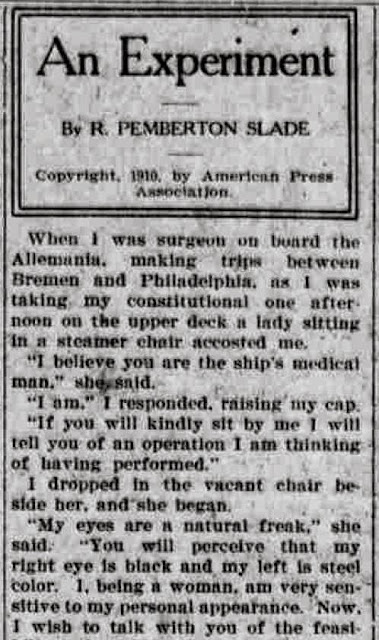





Definition: India Ink is traditionally a carbon black ink mixed with gum and resin, molded into sticks. The name 'India Ink' is thought to be a misnomer which originated in Europe when this ink, actually from China, was imported via the Indies. The ink in its solid form is familiar to us as Chinese ink sticks used for Sumi-e. The liquid form is sold as Indian Ink, though its French name is 'Encre de Chine', Chinese Ink. Used for writing and drawing, India Ink formulation usually includes a solvent(ethylene glycol) and binder (traditionally shellac) which dries water-resistant and gives a permanent line, unlike the water-soluble traditional form. Winsor and Newton also market a 'Liquid Indian Ink' which seems to have no solvent or added binder, producing a non-waterproof line. Also Known As: Indian Ink, Chinese Ink, Liquid Indian Ink (Helen South)